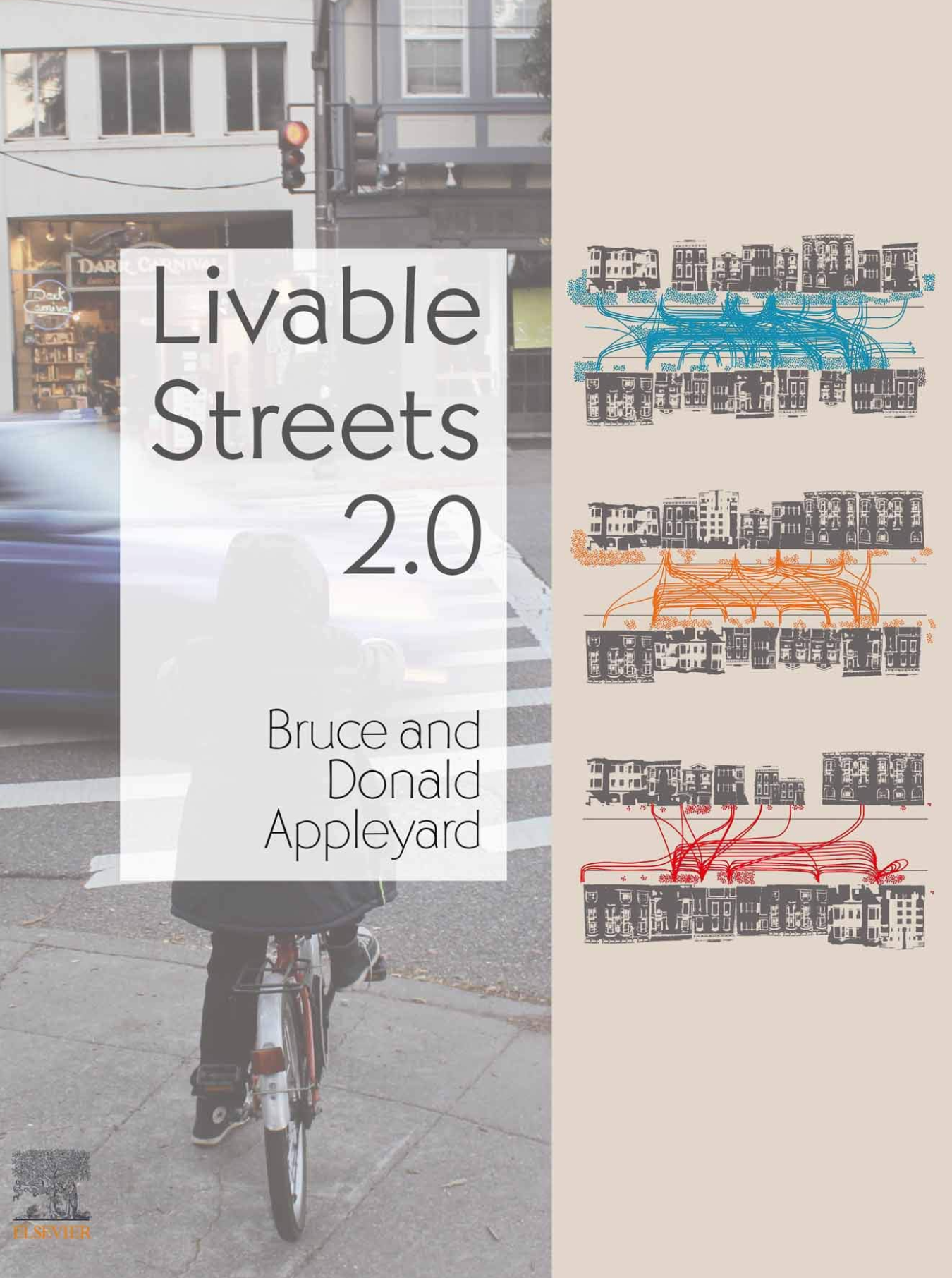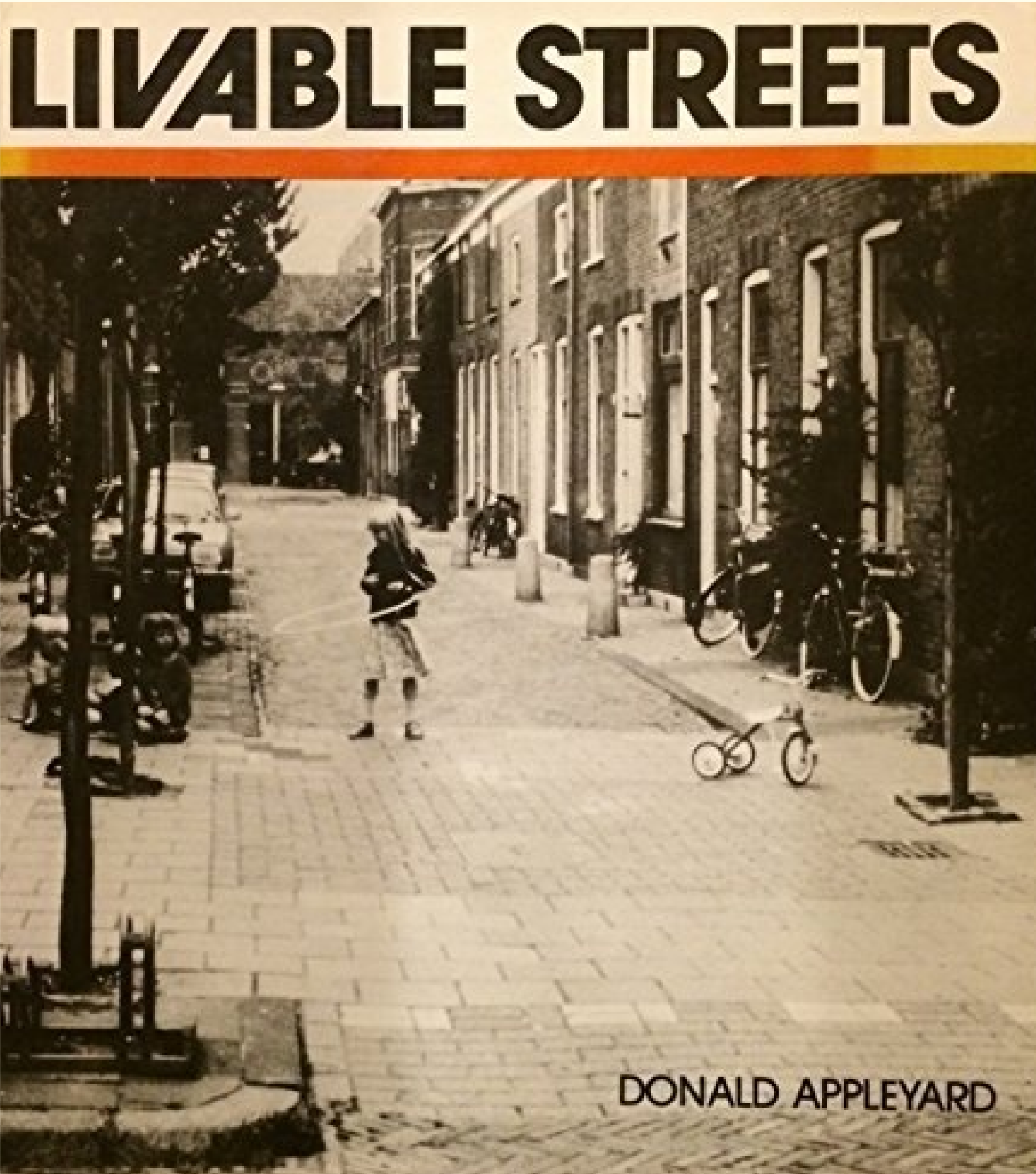Livable Streets 2.0
Livable Streets 2.0 offers a thorough examination of the struggle between automobiles, residents, pedestrians and other users of streets, along with evidence-based, practical strategies for redesigning city street networks that support urban livability. In 1981, when Donald Appleyard’s Livable Streets was published, it was globally recognized as a groundbreaking work, one of the most influential urban design books of its time. Unfortunately, he was killed a year later by a speeding drunk driver. This latest update, Livable Streets 2.0, revisited by his son Bruce, updates on the topic with the latest research, new case studies and best practices for creating more livable streets.
It is essential reading for those who influence future directions in city and transportation planning.

Livable Streets
Streets have become dangerous, unlivable environments, yet most people live on them. Streets need to be redefined as sanctuaries; as livable places; as communities; as resident territory; as places for play, greenery, and local history. Neighborhoods should be protected, though not to the point of being exclusionary. In Livable Streets, Donald Appleyard examines the neighborhood unit, the environmental area and the Woonerf as models for the protected neighborhood. The criteria for a protected neighborhood depend on acceptable speeds, volumes, noise levels, reduction of accidents, and rights-of-way for pedestrians.
